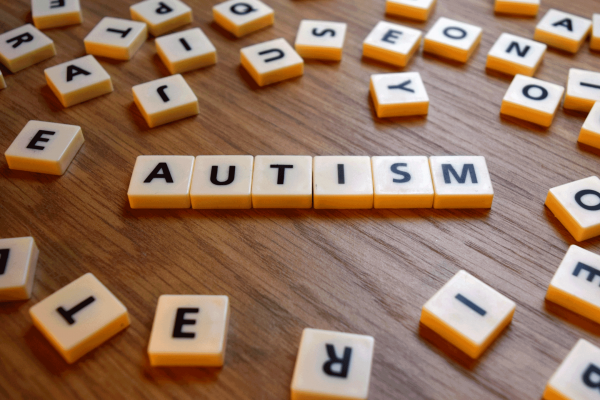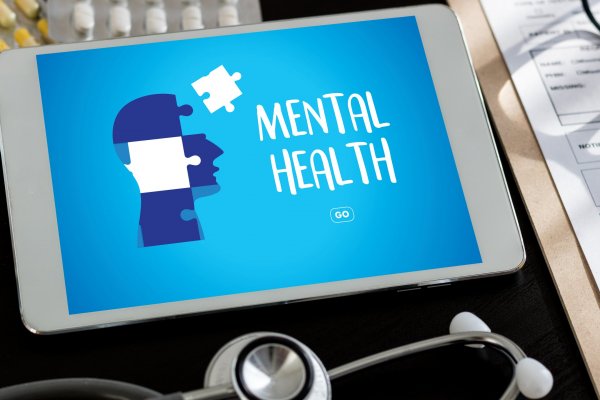By: Linda Y. Evans and Greg Dicharry
Before the COVID-19 pandemic started wreaking havoc on various aspects of our “normal” lives, including our mental health, 1 in 6 children aged 2-8 years in the United States was diagnosed with a mental, behavioral or developmental disorder.[1] While these children have endured the impacts of drastic changes over the past year, so too have others who did not previously have a mental health diagnosis; some children have been newly diagnosed with a mental health condition as a result of COVID-19. When considering how to nurture the mental health of our children during a pandemic, we must understand their pre-pandemic mental state and monitor how they are coping.
Children diagnosed with a mental health condition before COVID-19
For children who experienced mental health challenges before COVID-19, the pandemic may have imposed new complications. In many cases, before COVID-19, families practiced a routine in their daily lives, which helped everyone manage their feelings and behaviors. When routines changed – kids were no longer going to school, adults were working from home, or not at all, and in-person interactions with friends, extended family, and even doctors were cut off – that familiarity and rhythm, and the associated therapeutic effects, were lost. Another part of the pre-pandemic routine for many children with a mental health diagnosis was the special help received by trained teachers and therapists in schools. While this support could be a vital lifeline, it was completely cut off for the kids who depended on it. Other treatment options, through primary care and other outpatient settings, also dwindled due to office closures caused by COVID-19. As a result, an increasing number of children were seen for mental health-related care in emergency departments (EDs). From mid-March to October 2020, the Centers for Disease Control and Prevention reported an increase in the proportion of mental health-related ED visits among children aged 5-11 years (24%) and 12-17 years (31%) compared with the same period in 2019.[2]
Serious mental health impacts for children as a result of COVID-19
Children and youth who started off 2020 without a mental health diagnosis may not have ended the year in the same way, as newly developed depression and other mental health conditions were caused by the pandemic. A CDC report on mental health, substance use, and suicidal ideation during the COVID-19 pandemic shows that while 11% of adults seriously contemplated suicide in June 2020, the same was disproportionately reported by young people aged 18 to 24 (26%).[3] The serious effects on younger children include delays in social and emotional development, as their brains are forming amidst irregular human activity. In some cases, when parents weren’t adjusting or handling the increased stress and uncertainty well, maltreatment in the form of child neglect or abuse has resulted.
Negative mental health consequences of COVID-19 for all children
Because of COVID-19, all children are coping with unprecedented change and loss. Children feel the family stress of economic hardships, health concerns, social isolation, exhaustion, bereavement, and worsening mental health and substance use. And children have stressors of their own. When healthy outlets, like school, sports, and social engagements, are lost, that energy may become more negative and unproductive. The impacts of missed once-in-a-lifetime childhood events, like birthdays, graduations, and family vacations, may not even be fully realized until later in life. Children and youth may also experience their own anxiety and stress about what the future looks like.
The state of mental healthcare for children
There have always been barriers for children to access mental healthcare. Among them are stigma, availability, misinformation, and lack of information. While these factors impact access to care for adults, as well, they may be more pronounced for children. Parents are afraid or do not want to accept that their child is affected by a mental illness. There is a shortage of child and adolescent psychiatrists and therapists trained to work with children in our country. In addition, many parents and caregivers are misinformed about child psychiatric services that are meant to improve a child’s mental state, and not necessarily their behavior, although the latter may be a secondary effect.
With the pandemic, parents may be so preoccupied that they cannot see potential conditions in their children. The advent of a pandemic has stretched an already thin system of specialized mental healthcare for children at a time when it may be needed the most. And misinformation continues to plague our news sources and social media.
Where to go from here
There are many things that parents and caregivers can do to support and nurture their child’s mental health. We encourage you to learn more in a recording of the webinar, “How are your kids doing?” where I was joined by Greg Dicharry, CPRP, youth empowerment director, to share knowledge and our years of experience working with children to improve mental health and wellness and answer audience questions.
[1] https://www.cdc.gov/childrensmentalhealth/data.html





